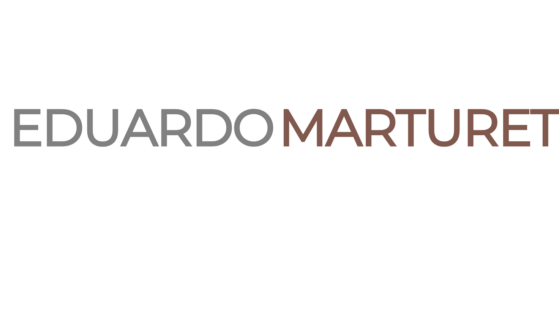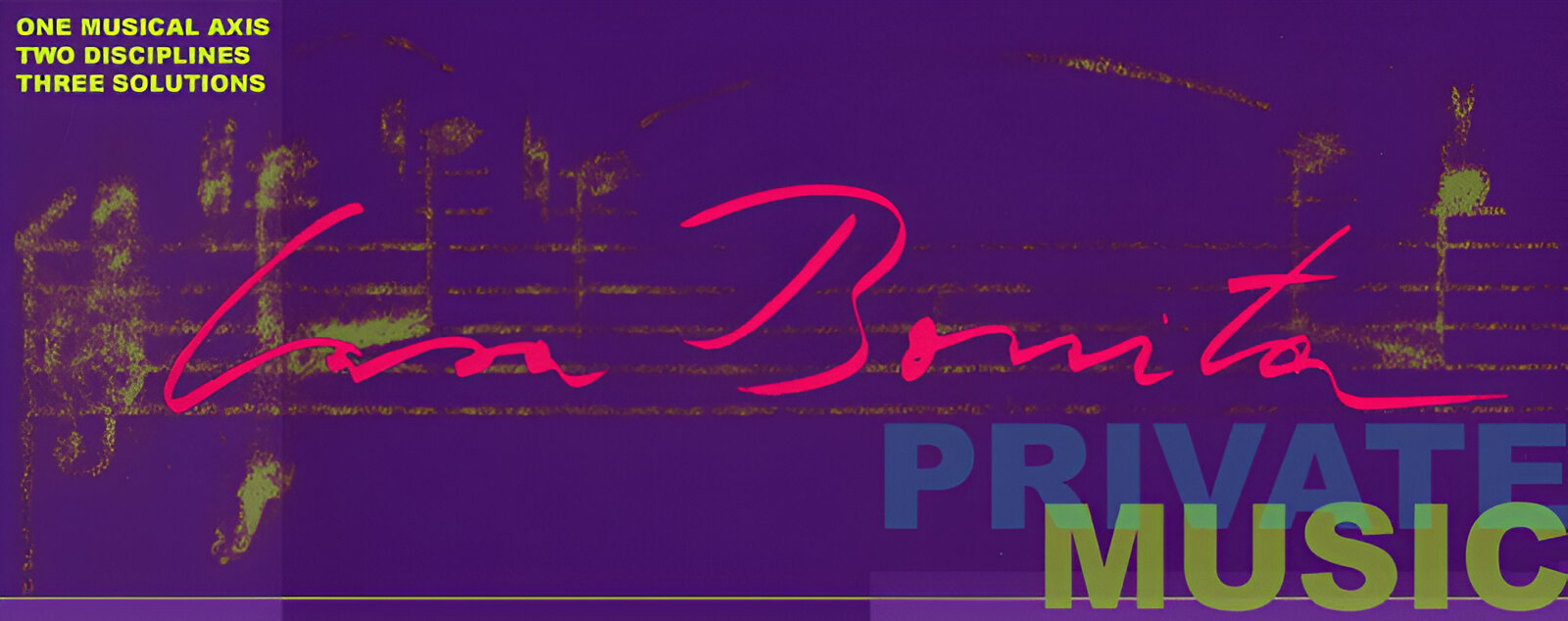
When the Museum of Contemporary Art in Caracas accepted the proposal of having its main building house the first three sound spaces of Casa Bonita – at the time an experiment in fusion, ambient music and contemporary art – the project entered the realm of possible architectures and became a museum reality. Here is the private story of how the idea evolved, from its birth to the moment it made its first appearance in the Museum.
Since 1980, when Eduardo Marturet formed of Música Viva1, he had kept a long, creative silence, composing only a few commissioned works and dedicating his public efforts to conducting symphony orchestras and cultural management. Then 24 months ago, the silence was broken and, in January 1986, he again tackled the first keystrokes and the fundamental chords, composing the first fragment of Casa Bonita, bringing his role as a creator to the public.
During the time that Marturet was not composing, he was researching new sound arrangements from concrete sources and the range of inaudible sounds. He engaged in lively reflection concerning the “performance space” of musical works, an endeavor that led him to play with the idea of music in environments other than a concert hall. Marturet thought of a private event, where the unfolding of the work itself would create new opportunities for the spectator and this new, sensitized space to relate.
With the Fibonacci numbers (the first sequence of recursive numbers known in European mathematics, invented by Leonardo Fibonacci in the 13th century) as the ratio parameter, and with the first movements of Casa Bonita stored on cassettes, Eduardo Marturet joined forces with three artists of his generation to build the first sound spaces in the halls of the Museum of Contemporary Art in Caracas. The three artists, during the course of a year of stimulating work together, became fully immersed in Eduardo Marturet’s sound project. For him, the dialectic relationship with three different creative universes – where the stimuli traveled in both directions – forced him to compose, in a violent development, the 24 hours of the macroformat of this first experience of Casa Bonita and the movements comprising it.
1. Musica Viva. Eduardo Marturet at the keyboard, Randall Griffin on the woods and Timothy Kotowich on percussion. The Trio made its debut in 1980 at the Museum of Contemporary Art in Caracas.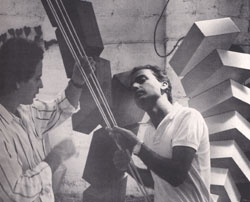
Rafael Barrios and Eduardo Marturet
Rafael Barrios ("the living room") and Eduardo Marturet
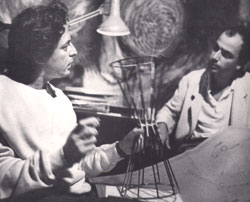
Jorge Pizzani and Eduardo Marturet
Jorge Pizzani ("the bar") and Eduardo Marturet

Marcos Salazar and Eduardo Marturet
Marcos Salazar ("the garden") and Eduardo Marturet
